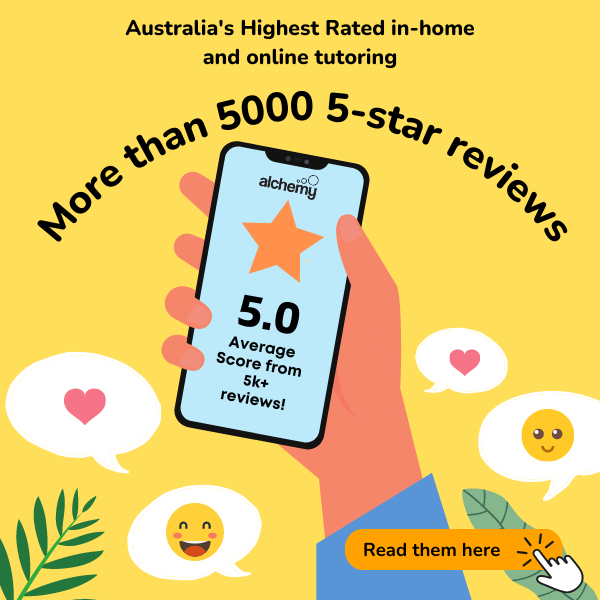Homework has always been contentious among teachers and students. Teachers see it as an essential resource that improves learning, gives students conceptual clarity and reinforces concepts learnt at school.
On the other hand, students view it as a waste of time, an additional burden, comes with extreme levels of difficulty and heightens stress and anxiety.
Even in some teaching circles, it’s possible to find teachers who have reservations about homework. Parents are also not left out of this fiercely contested debate. Which leaves the question, who even thought homework was a good idea in the first place?
Pliny the Younger: Ancient Rome
Surprisingly, homework has been around for many years. Mentions of the term “homework” date as far back as the early 1st Century AD in ancient Rome. Back then, an oratory teacher called Pliny the Younger was thought to have invented homework by asking his followers to practise public speaking at home to make them more confident and fluent in their speeches.
Indeed, not to the same level as modern homework. The assignment wasn’t the type of written work that students have to do at home nowadays. Also, the homework at that time wasn’t in a learning environment.
Horace Mann: The Father of Modern Homework
Horace Mann was a politician and educational reformer who had a strong interest in Germany’s compulsory public education system. Pupils attending “People’s Schools” were given a mandatory assignment that they needed to complete at home during their own time. This was in the 19th century.
This requirement also emphasised the state’s power over individuals when nationalists like Johann Gottlieb Fichte were rallying support for a unified German state. At the time, the state used homework as an element of power play.
It’s not surprising that homework traces its roots back to politics. Regardless, it spread across Europe, finally finding its way to other countries like America, where it became a daily activity in students’ lives.
Robert Nevilis
Robert Nevilis takes most credit for inventing homework. The Italian pedagog was a teacher who felt that his teachings lost essence when they left the class. He was disappointed that students failed to outperform themselves despite how hard he worked.
He decided to take different measures, which resulted in homework. However, as it is known today, homework was not its objective of Nevilis. Nevilis saw homework as an alternative means to punishment, as physical punishment was not an option.
What Is the Purpose of Homework?
Most of the contention around homework could be because the different parties don’t fully understand the purpose of homework. This is a topic that has been discussed not just by those who invented school but those who invented homework as well.
Today, there’s still a widespread opinion that homework is not obligatory for mastering the studied material. However, educators have learned that homework plays a crucial role in improving the quality of the student’s knowledge.
According to Roberto Nevilis, this academic task provided the student with the opportunity;
- To work without the limitations of time
- To study without any external limitations
- To choose an optimal time for them to work
- To work independently on the assigned work
- To research and use all sources of information available to the student
The value of homework hasn’t changed over the years. These values include;
- Fixing in memory the material disassembled in the classroom
- Repetition of previously passed material
- Consolidation and expansion of various skills that are necessary for independent work.
Types of Homework
Although homework has been around for many years, there weren’t many types of homework before because there was not enough testing to create a formula for effective studying at home. Today, teachers involve different types of homework in the studying process to help students master the coursework and increase retention. Some kinds of homework include;
- Conducting observations and experiments
- Performance of oral exercises
- Performance of written exercises
- Preparation of reports on the studied materials (coursework writing and reporting)
- Mastering material under study according to the textbook
Teachers use a balanced approach to the different homework types to help students easily perceive the information and understand it better.
What’s the Role of Homework in Improving Education Quality?
Contrary to popular opinion, the role of homework is not to control students but as an opportunity to get students to devote time to the studied subject. It helps students internalise and sharpen their skills on a specific topic already taught in class.
Without completing homework, the student deprives themselves of additional studying time and the opportunity to consolidate knowledge and practice the skills acquired in the lesson.













